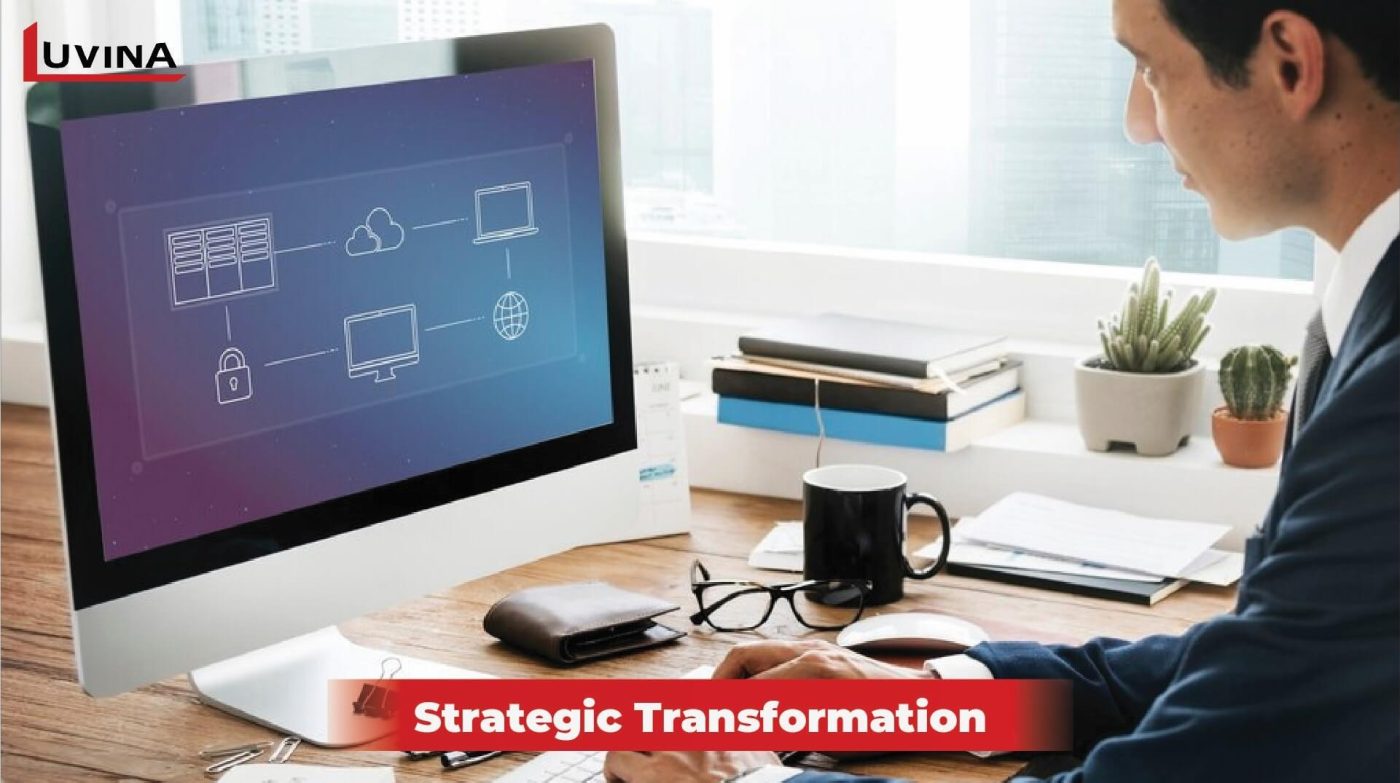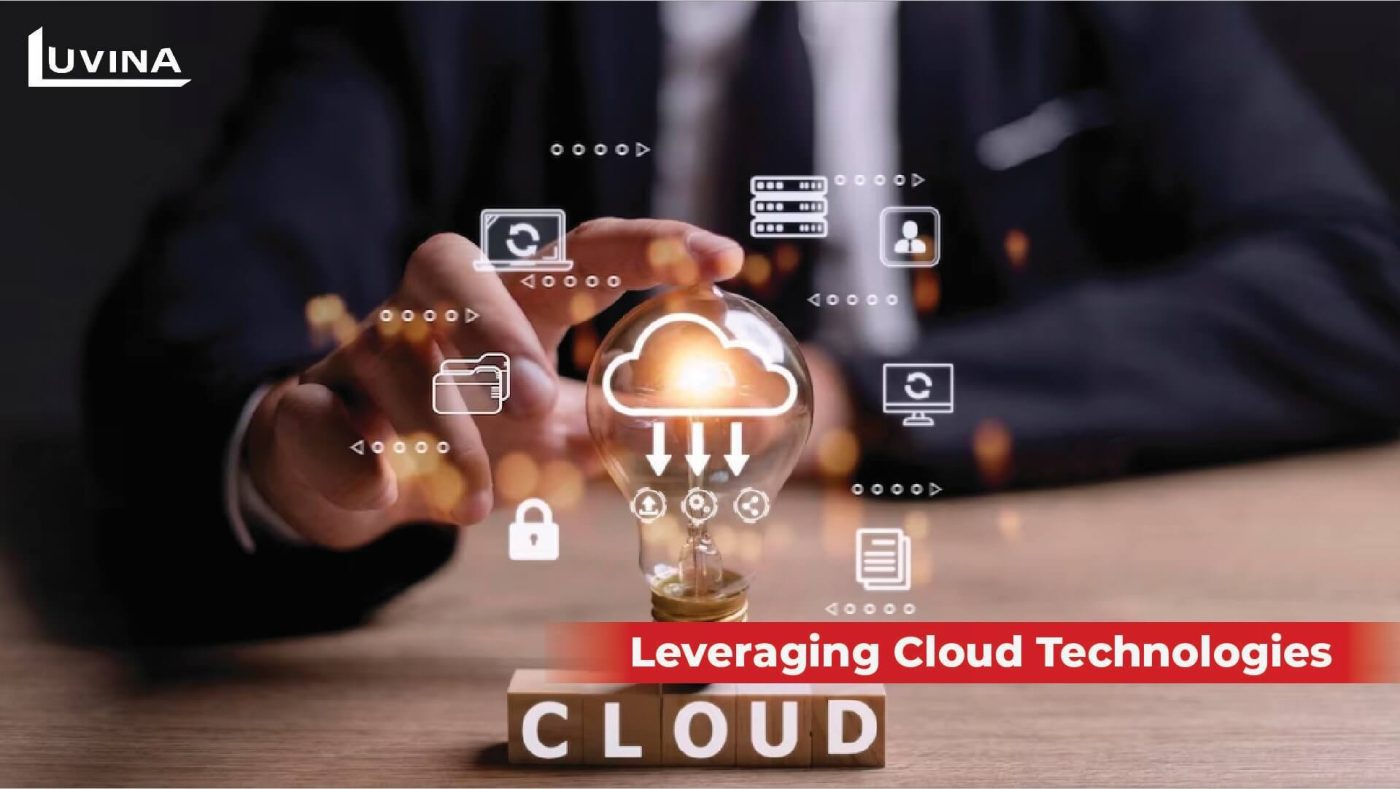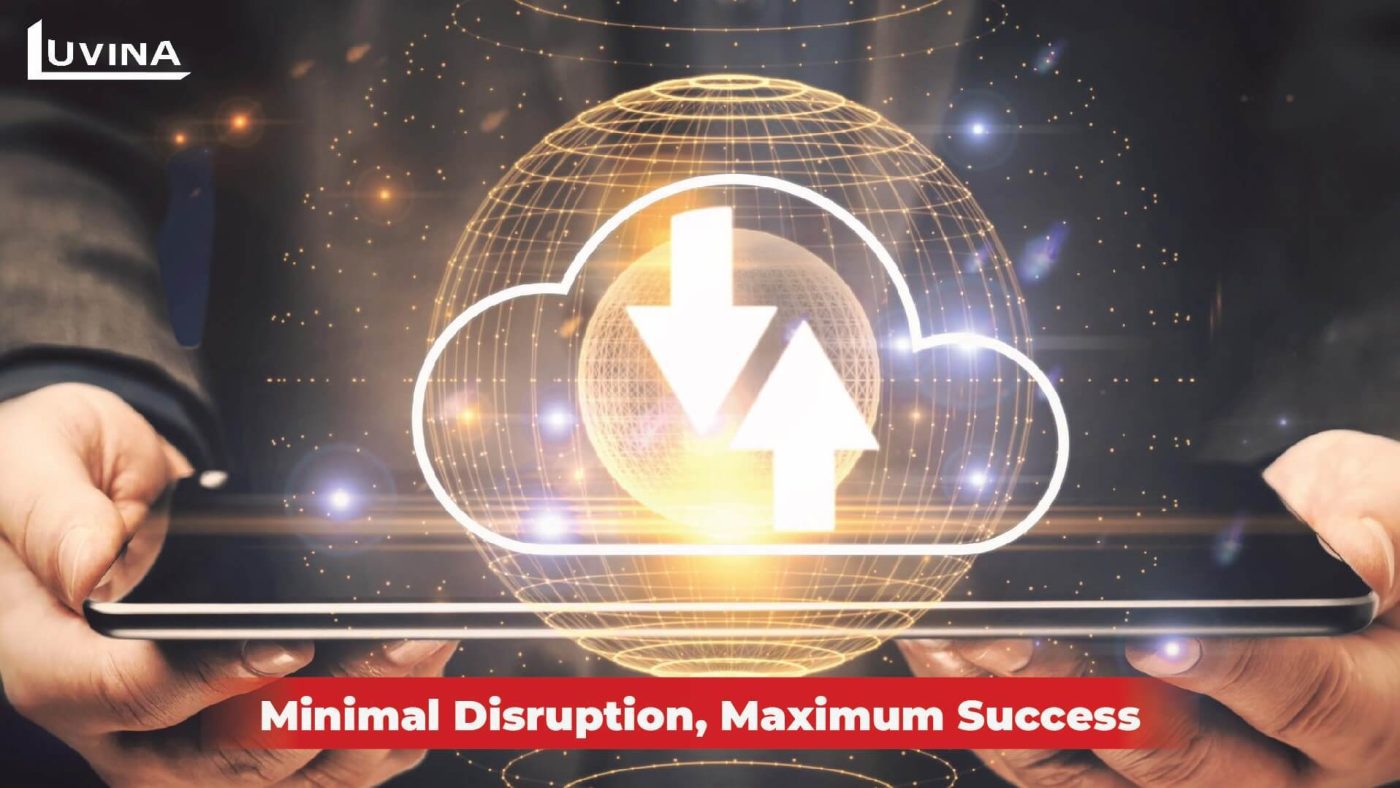In the fast-paced realm of IT, software migration stands as a cornerstone of evolution, enabling businesses to adapt, innovate, and thrive in dynamic environments. The process of transitioning from one software environment to another, whether it’s shifting to the cloud, upgrading operating systems, or migrating entire systems, embodies a strategic transformation imperative for modern enterprises.
In this comprehensive guide, we delve into the complexities and nuances of software migration. From unpacking different migration types to navigating challenges and embracing best practices, join us on a journey to master the art of seamless software migration, transforming the way businesses innovate and operate in the digital age.
Understanding Software Migration
Software migration serves as the linchpin in the evolution of modern IT landscapes, revolutionizing how businesses operate, innovate, and adapt. At its core, software migration encompasses the strategic movement from one software environment to another, playing a transformative role in reshaping technological infrastructures and operational frameworks.

This pivotal process isn’t confined to a singular action but encompasses various types, each wielding significant implications in different scenarios.
Types of Software Migrations:
1. Cloud Migration: Transitioning software assets to cloud-based development platforms, leveraging the scalability, flexibility, and accessibility of cloud infrastructures.
2. Operating System Migration: Upgrading or transitioning software to a new operating system, ensuring compatibility, security enhancements, and updated features.
3. System Migration: Moving an entire system or subsystem to a new environment, often undertaken for hardware upgrades or platform changes.
Implications Across Scenarios:
1. Business Agility
Software migrations empower businesses to adapt swiftly to changing market demands, enabling agility and responsiveness.
2. Enhanced Efficiency
By leveraging advanced technologies and updated features, migrations contribute to streamlined processes and improved operational efficiencies.
– Cost Optimization: Strategic migrations often lead to cost savings, especially in cloud migrations, where scalable resources and pay-as-you-go models prevail.
Understanding these diverse types of migrations and their implications is crucial for organizations embarking on digital transformations, as it sets the foundation for informed decision-making and successful migration endeavors.
Challenges and Solutions in Software Migration
While software migration promises transformative advantages, it also presents a landscape riddled with challenges that organizations often encounter during the transition process. Addressing these challenges is imperative for ensuring a successful migration journey.

Common Challenges in Software Migration:
1. Compatibility Issues: Integrating legacy systems with modern platforms often leads to compatibility conflicts, hindering seamless migration.
2. Data Migration Complexity: Transferring vast amounts of data while ensuring its integrity and security poses a significant challenge.
3. Downtime and Disruption: The migration process might cause downtime, disrupting regular business operations and impacting productivity.
Strategies to Mitigate Migration Risks:
1. Comprehensive Planning: A detailed and well-thought-out migration plan, including risk assessments and fallback strategies, minimizes unforeseen issues.
2. Thorough Testing: Rigorous testing, both pre and post-migration, ensures functionality, performance, and data integrity.
3. Gradual Rollouts: Implementing gradual migrations in phases helps in minimizing disruptions and allows for easier troubleshooting.
Solutions for a Smoother Transition:
1. Utilizing Automation: Employing automation tools streamlines the migration process, reduces manual errors, and expedites the transition.
2. Robust Security Measures: Implementing stringent security protocols ensures data safety and integrity throughout the migration process.
3. Expert Assistance: Seeking guidance from experienced professionals or specialized software migration service providers aids in navigating complexities efficiently.
Addressing these challenges with proactive strategies and implementing robust solutions is integral to mitigating risks and ensuring a smoother software migration process for businesses.
Cloud Migration in Software Development
The marriage of cloud technology and software migration represents a paradigm shift in how businesses innovate, scale, and operate in today’s digital landscape. Embracing the cloud for software migration introduces a multitude of benefits, accompanied by unique challenges and essential considerations.

Benefits of Cloud Migration
1. Scalability and Flexibility: Leveraging the cloud’s scalability allows businesses to expand resources as needed, accommodating growth seamlessly.
2. Cost Efficiency: Cost-effective pay-as-you-go models and reduced infrastructure costs make cloud migration an attractive option.
3. Accessibility and Collaboration: Cloud-based software fosters remote access and enhances collaboration among geographically dispersed teams.
Challenges and Considerations:
1. Data Security: Entrusting data to third-party cloud providers demands robust security measures to safeguard sensitive information.
2. Compatibility and Integration: Ensuring seamless integration with existing systems and compatibility with various cloud platforms is crucial.
3. Performance and Downtime: Optimizing performance and mitigating downtime during migration are critical to maintaining business continuity.
Navigating the intricacies of cloud migration requires a keen understanding of these benefits, challenges, and considerations. By comprehensively evaluating these factors, businesses can harness the power of the cloud for software migration while mitigating potential risks.
>> Also read: A Comprehensive Guide to Types of Cloud Migration
Software Version Upgrades
Software version upgrades, often a critical aspect of software maintenance, encompass the process of migrating from an older version of software to a newer iteration. Delving into version upgrades in software environments unveils various best practices, tools, and potential pitfalls inherent in these migrations.

Understanding Software Version-Up:
– Purpose and Advantages: Upgrading software versions introduce new features, security enhancements, and performance improvements, contributing to enhanced user experiences.
– Compatibility Checks: Assessing the compatibility of existing systems and software integrations with the upgraded version is crucial to ensure seamless functionality.
– Data Migration Considerations: The process of migrating data from the old version to the new demands meticulous planning to prevent data loss or corruption.
Best Practices and Tools:
– Thorough Testing: Rigorous testing of the upgraded version in a controlled environment helps identify and rectify issues before deployment.
– Incremental Rollouts: Implementing incremental upgrades in phases reduces risks and allows for easier troubleshooting.
– Backup and Recovery Plans: Creating robust backup and recovery strategies minimizes the impact of potential disruptions during the upgrade process.
Potential Pitfalls:
– Dependency Issues: Compatibility issues with third-party integrations or dependencies might arise, causing disruptions in functionality.
– Performance Degradation: Inadequate testing or rushed upgrades can lead to performance issues or system downtime.
– Data Integrity Risks: Mishandling data during migration poses risks to its integrity, potentially resulting in loss or corruption.
Navigating software version upgrades demands meticulous planning, rigorous testing, and adherence to best practices to mitigate potential risks and ensure a smooth transition to the upgraded software.
Software Re-engineering in Software Environments
Software re-engineering stands as a strategic approach to breathe new life into legacy systems, enhancing their capabilities, and aligning them with contemporary technological standards. Delving into this domain unveils a world of best practices, tools, and potential pitfalls specific to these transformative migrations.

Understanding Software Re-engineering:
– Modernization and Adaptation: Re-engineering involves modifying existing software systems to meet evolving business needs and technological advancements.
– Refactoring and Restructuring: It entails restructuring code, redesigning architectures, and optimizing functionalities without altering the system’s external behavior.
Best Practices in Software Re-engineering:
– Comprehensive Assessment: A thorough evaluation of the existing system helps identify areas that require modification or improvement.
– Incremental Approach: Implementing changes gradually ensures smoother transitions and easier debugging.
Tools and Technologies:
– Automated Refactoring Tools: Tools like ReSharper, SonarQube, and IntelliJ IDEA aid in code analysis and refactoring.
– Containerization and Microservices: Adopting containerization and microservices architecture enables modular re-engineering.
Potential Pitfalls in Software Re-engineering:
– Data Integrity and Security: Modifications may pose risks to data integrity and security, requiring robust measures to mitigate vulnerabilities.
– Dependency Management: Dependencies within the codebase might complicate refactoring efforts, demanding careful management.
Navigating software re-engineering requires a meticulous approach, leveraging best practices and utilizing appropriate tools while being mindful of potential pitfalls. Embracing these strategies is crucial in revitalizing legacy systems for enhanced functionality and relevance in modern software environments.
Ensuring Seamless Software Migration Strategy
The process of migrating software can often disrupt operations and cause downtime, impacting productivity and user experience. Employing effective software migration strategies mitigates such disruptions, ensuring a smooth transition while showcasing real-world success stories.

Strategies for Minimizing Disruptions:
– Thorough Planning and Testing: Meticulous planning, coupled with extensive testing, minimizes unexpected issues during migration, reducing downtime.
– Incremental Rollouts: Implementing changes in stages or sections allows for continuous operation while minimizing the risk of system-wide disruption.
Automation and Monitoring:
– Automated Processes: Utilizing automated scripts and tools for deployment and monitoring ensures consistent and error-free migration.
– Continuous Monitoring and Feedback: Implementing monitoring systems enables real-time detection of issues, facilitating prompt resolution and minimizing disruptions.
Successful software migrations rely on well-planned strategies that prioritize minimal disruptions and downtime. Case studies and real-world examples further emphasize the importance of these strategies, showcasing their effectiveness in achieving seamless transitions.
Conclusion
In the realm of software migration, meticulous planning, informed decision-making, and the adept utilization of tools and best practices emerge as pivotal factors. As highlighted in this discourse, successful software migrations hinge on thorough planning, strategic execution, and the adoption of innovative tools and methodologies.
Embracing best practices, leveraging automation, and learning from past experiences equip businesses to navigate the intricate landscape of software migration, ensuring smoother transitions, minimal disruptions, and enhanced operational efficiency.
To explore further and begin your migration journey, contact Luvina today.
Related Posts:









Read More From Us?
Sign up for our newsletter
Read More From Us?
Sign up for our newsletter